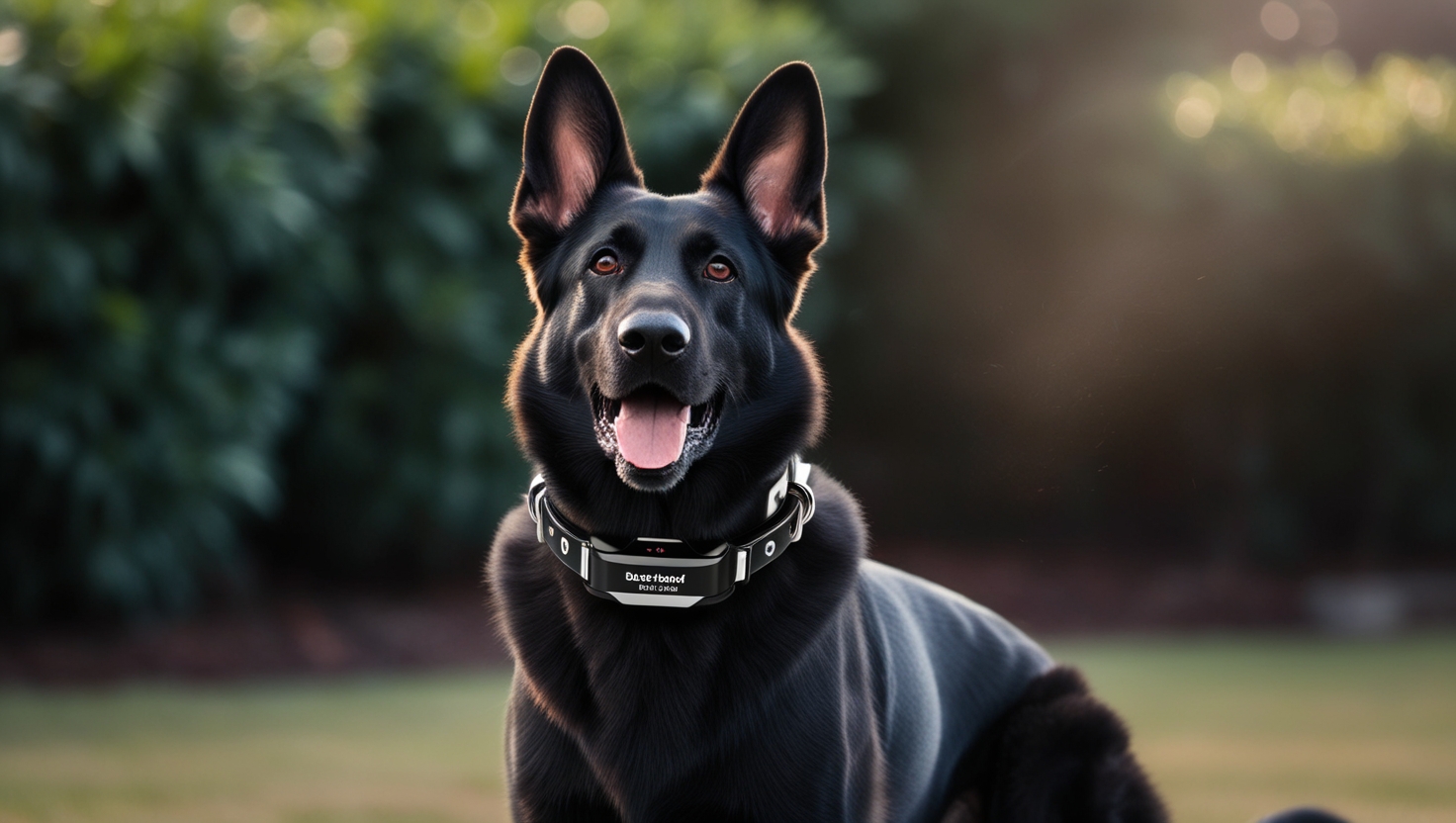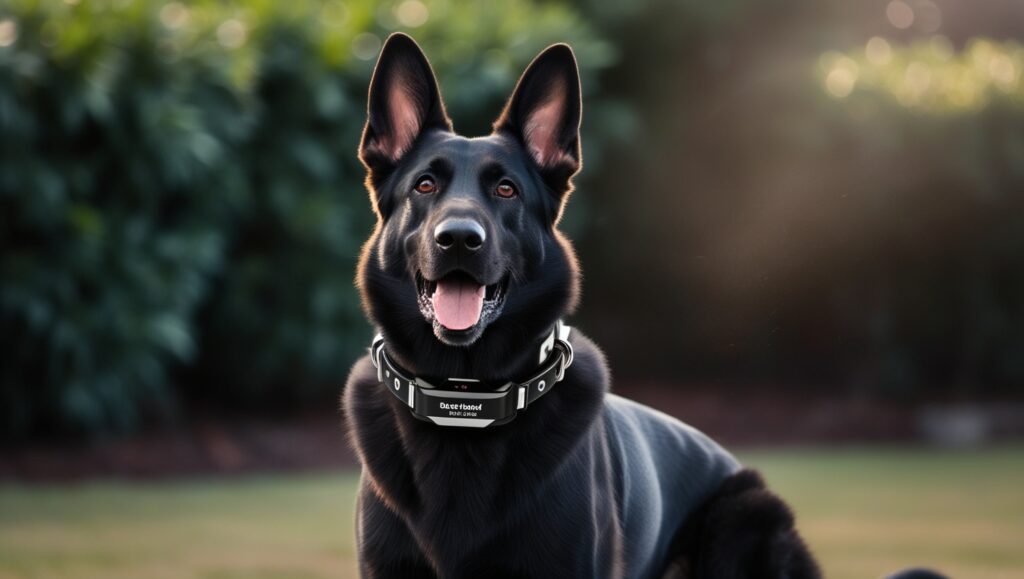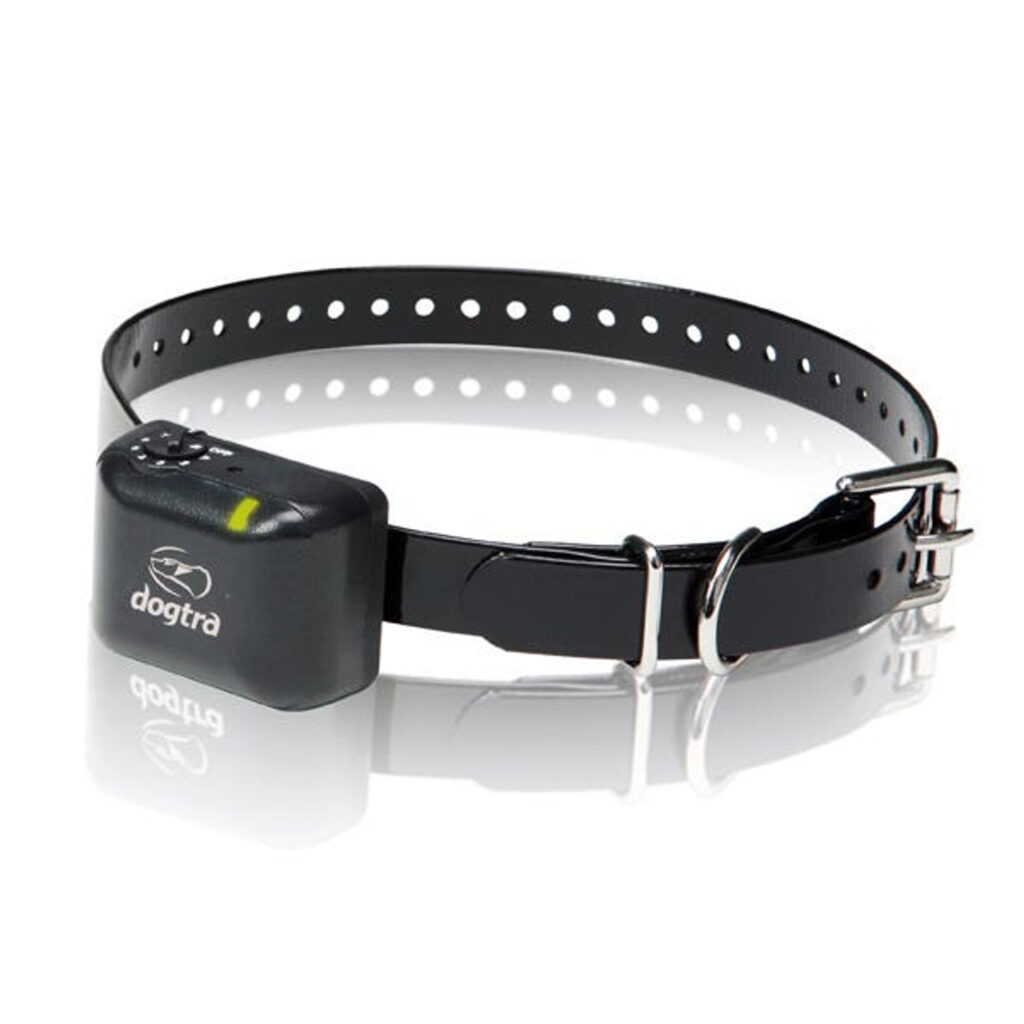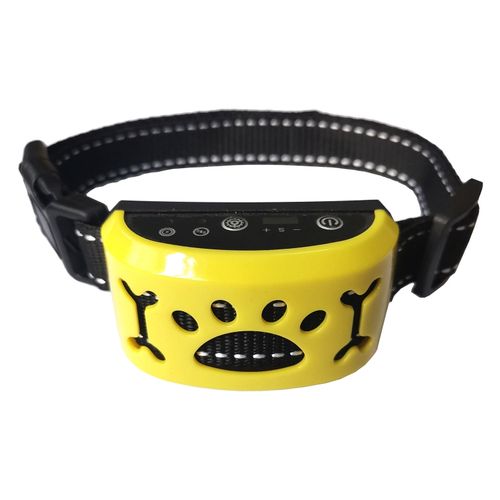How to train your dog with bark collar the right way

Dealing with a dog who barks non-stop can be as exhausting as it is frustrating. Your patience is wearing thin and neighbors are giving you the side-eye. So, you’ve decided to tackle your dog’s barking and are considering a bark collar to help with training.
You’re not alone. I’m here to guide you through the ins and outs of using a bark collar for effective dog training.
Years ago, I thought a bark collar just stops barking, but I’ve learned there’s more to it. While a bark collar can significantly reduce barking, using the collar effectively requires understanding its nuances for the best results.
Here are the basic dog bark collar training techniques that helped reduce my dog’s unnecessary barking by 80% in a short period, all while preserving my dog’s personality.
Read Also: How do dog bark collars work?
Training with a Bark Collar

Dog Training with a bark collar is pretty simple once you get the hang of it. These collars have built-in sensors that pick up on your dog’s barking. When your dog barks, the collar gives a mild correction to interrupt the noise. The idea is that your dog will start to link the barking with the sensation from the collar.
Over time, this helps them understand that barking leads to something unpleasant, making them less likely to bark unnecessarily.
How to train your dog with bark collar
- Read the Instruction Manuals
When you get an anti-barking collar, you’ll find it comes with detailed instructions or even DVDs. I get it – manuals aren’t always the most thrilling read, but they’re important for dog bark collar training. Take the time to go through the manual to learn exactly where to place the collar and how to use it correctly.
- Correctly Fitting the Bark Collar
Getting the fit right is key. The collar should sit high on your dog’s neck, just under the jawline, and it needs to be snug enough so it doesn’t move around. If it’s too loose, it won’t work as it should.
Make sure the detection mechanism, whether it’s a plastic probe or metal probes, is in the right spot to sense barking. Once you’ve adjusted the collar, give it a quick shake to ensure the probes are properly aligned through your dog’s fur.
- Start at the Lowest Level of Stimulation
Start using the bark collar at the lowest level of stimulation. Each dog reacts differently to the collar’s sensation, so you need to find the level that interrupts their barking without causing too much discomfort. The goal is to use the mildest level that grabs their attention and encourages them to stop barking, without making them overly anxious or distressed.
- Trigger the Barking and Reward Quiet Behavior
With the bark collar set to the lowest level, create a situation that makes your dog bark, such as ringing the doorbell or knocking on the door. Use the remote to activate the collar and interrupt their barking. Let your dog bark a few times to test if the collar responds as intended. Some collars activate only after a series of barks, not just one, so this test ensures the collar works effectively.
When the collar successfully interrupts your dog’s barking, immediately reward them for being quiet. This teaches your dog that barking leads to an unpleasant sensation, while silence results in rewards and no discomfort. Reinforcing the quiet behavior helps your dog learn that staying calm and quiet is more rewarding than barking.
Let’s adjust those sections with a more focused use of active voice and a conversational tone.
- Word Association
When you start dog bark collar training, make sure to connect the correction with your dog’s barking. Dogs need immediate feedback to link their behavior with the collar’s sensation. If you wait too long, they won’t associate the annoying sound with their barking, and the training won’t be effective. Along with the collar, use a verbal command like “no” or “stop.” Over time, your dog might respond to just your voice, and you may not need the collar.
Stay close to your dog and use commands like “Quiet” or “Enough” when the collar activates. This helps your dog understand they should stop barking when you ask, not just when the collar is on. This way, you can manage how much barking is acceptable and when to step in.
- Reward Your Dog’s Performance
Watch for any reaction from your dog when the collar activates. If they pause or seem distracted, that’s a good sign. Reward them immediately during their silence. If your dog keeps barking, increase the collar’s level and try again. You want to find a level that makes your dog notice the sensation and stop barking. Look for signs like a pause, a startle, or a twitch – these indicate they’ve felt the collar’s effect.
- Repeat the Process
Once you find the right stimulation level, practice with the collar in different situations where your dog might bark. Put the collar on and expose your dog to various triggers over several days. This helps your dog learn to control their barking to avoid the sensation. After a few sessions, your dog should start managing their barking on their own, even when you’re not around. This ensures they stay quiet when you can’t actively supervise.
- Be Consistent
Consistency in your dog bark collar training program is key. Just like sticking to a workout routine or diet, you need to be consistent with your dog’s training. Pay attention to their behavior and triggers, such as when the UPS driver arrives each day. Be ready to train at the right moments to speed up their learning.
Avoid using the collar too frequently, as it can cause stress or anxiety. Make training a positive experience for both you and your dog. Remember, training is a team effort, and with consistency, your dog will be eager to please and learn quickly.
Dogs Learn at Their Own Pace

Training a dog takes time, and you’ll see varying results. Some dogs pick up on the training quickly, while others may need more time.
Each dog learns differently. Some will stop excessive barking with just a few sessions, while others might require additional time with the bark collar. Stay patient and keep your expectations realistic. An anti-bark collar won’t stop your dog from barking entirely, but it will help manage excessive barking effectively.
How to use a bark collar
Dealing with excessive barking can be tough, especially if you’re in a busy neighborhood where noise is a big deal. Training with a bark collar can help manage your dog’s barking, but it’s important to pick the right one for your pup. Let’s break down the different types of bark collars and how they work.
Read Also: Are Bark Collars Safe for Dogs
1. Static Bark Collars

How They Work: These collars give your dog a mild electric shock when they bark too much. You can usually tweak the intensity to match your dog’s size and sensitivity.
Uses: Perfect for stubborn dogs that don’t respond to other training methods. They provide immediate feedback, helping to quickly curb excessive barking.
Considerations: Always start with the lowest setting and watch your dog’s reaction to make sure they’re not stressed out.
2. Spray Bark Collars

How They Work: These collars spray a burst of citronella or unscented liquid when your dog barks. The sudden scent is designed to distract and discourage your dog from barking.
Uses: Great for dogs that are sensitive to smells. The citronella spray is harmless but annoying enough to be an effective deterrent.
Considerations: Some dogs might get used to the spray over time, so check regularly to make sure it’s still working.
3. Ultrasonic Bark Collars

How They Work: These collars emit a high-pitched sound that humans can’t hear but dogs find irritating. When your dog barks, the collar produces this sound to stop them.
Uses: Ideal for dogs that are sensitive to sound. It offers a non-invasive way to manage barking without any physical discomfort.
Considerations: Ultrasonic collars might not work for all dogs, especially those with hearing issues or who are less sensitive to sound.
4. Vibration Bark Collars

How They Work: These collars use vibrations to interrupt your dog’s barking. The collar vibrates when it detects barking, giving a gentle reminder to stop.
Uses: Awesome for dogs that are sensitive to touch. It’s a humane alternative to static shock collars and works well for smaller or more timid dogs.
Considerations: When training a dog with a vibrating collar, make sure the vibration level suits your dog’s size and temperament. Some dogs may not respond to vibrations alone and might need a mix of training methods.
Choosing the Right Bark Collar
Before training with a bark collar, you should pick an ideal bark collar for your dog. Think about your dog’s size, temperament, and sensitivity. Use the collar as part of a broader training program that includes positive reinforcement and consistent commands.
Remember, bark collars should be a last resort and always used with your dog’s well-being in mind.
Conclusion
Training with a bark collar can be a great tool for managing excessive barking when used responsibly. By understanding the different types and their uses, you can choose the best option for your dog and ensure a peaceful environment for both you and your neighbors.
Related Articles
Read related posts about





